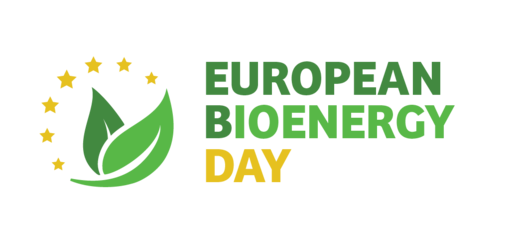Biomethane is a cleaned biogas obtained through biomethanisation process. The purpose of this purification is to obtain a natural gas-equivalent (high methane concentration) allowing its injection into natural gas networks or vehicle (CNG or LNG).
Biomethane purification
To obtain biomethane, the biogas must be purified to conserve the maximum amount of methane (CH4), while eliminating the carbon dioxide (CO2) and other gas traces contained.
Different techniques exist: washing with water (physical absorption) or amines(chemical absorption), adsorption by pressure variation (PSA), membrane separation or cryogenic purification (cold distillation).
Biomethane’s valorisation
Biomethane is equivalent to natural gas: they are both made of methane. The only difference is the origin of the gas; One is renewable, the other is of fossil origin. The biomethane can therefore be injected into the network in order to substitute natural gas (in whole or in part).
The biomethane, once on the network, will be used in the same way as natural gas:
- Domestic uses: gas boiler (for hot water and heating), water heaters, gas cookers, gas stoves, etc.
- Industrial applications: production of hot water, steam, etc.
- Production of electricity using an engine (possibly cogeneration) or a turbine(steam turbines, gas turbines and TGV gas turbines), etc.
- Used as vehicle fuel: Compressed Natural Gas (CNG) will be referred to if methane is compressed, and Liquefied Natural Gas (LNG) if methane is liquefied, irrespective of the origin of the methane, whether fossil or produced from biogas.
Biogas purification is another uses of biogas, compared to cogeneration of crude biogas.
